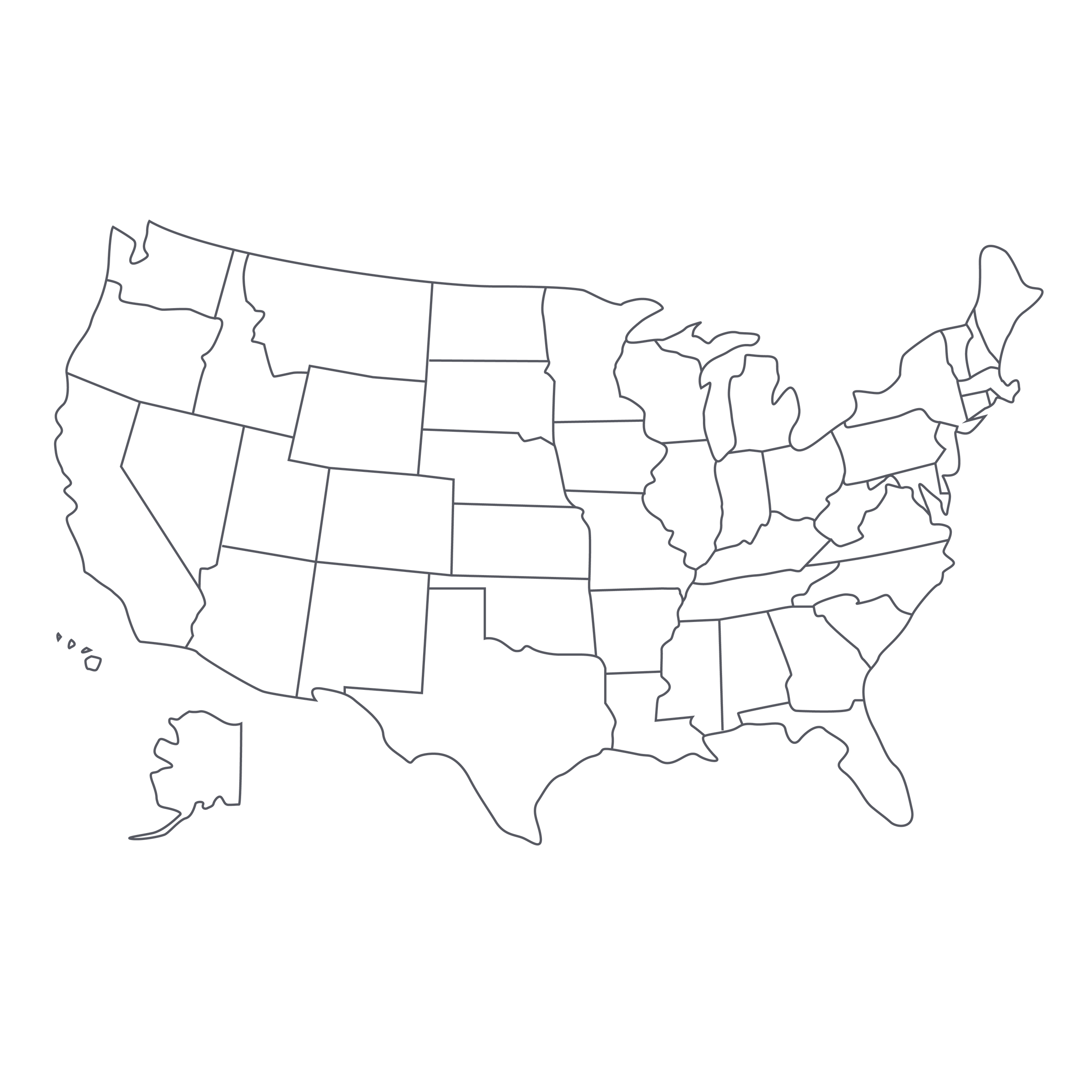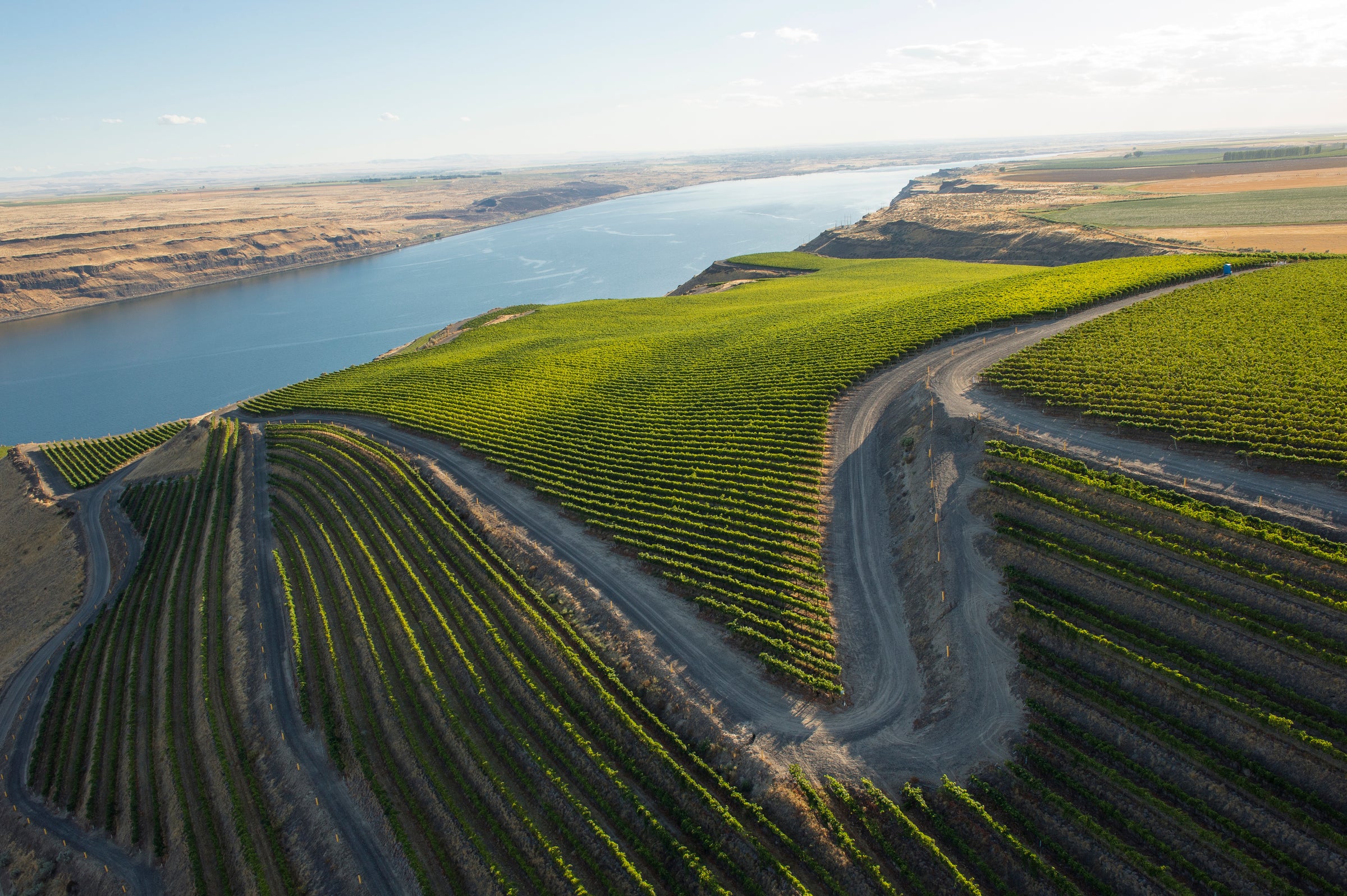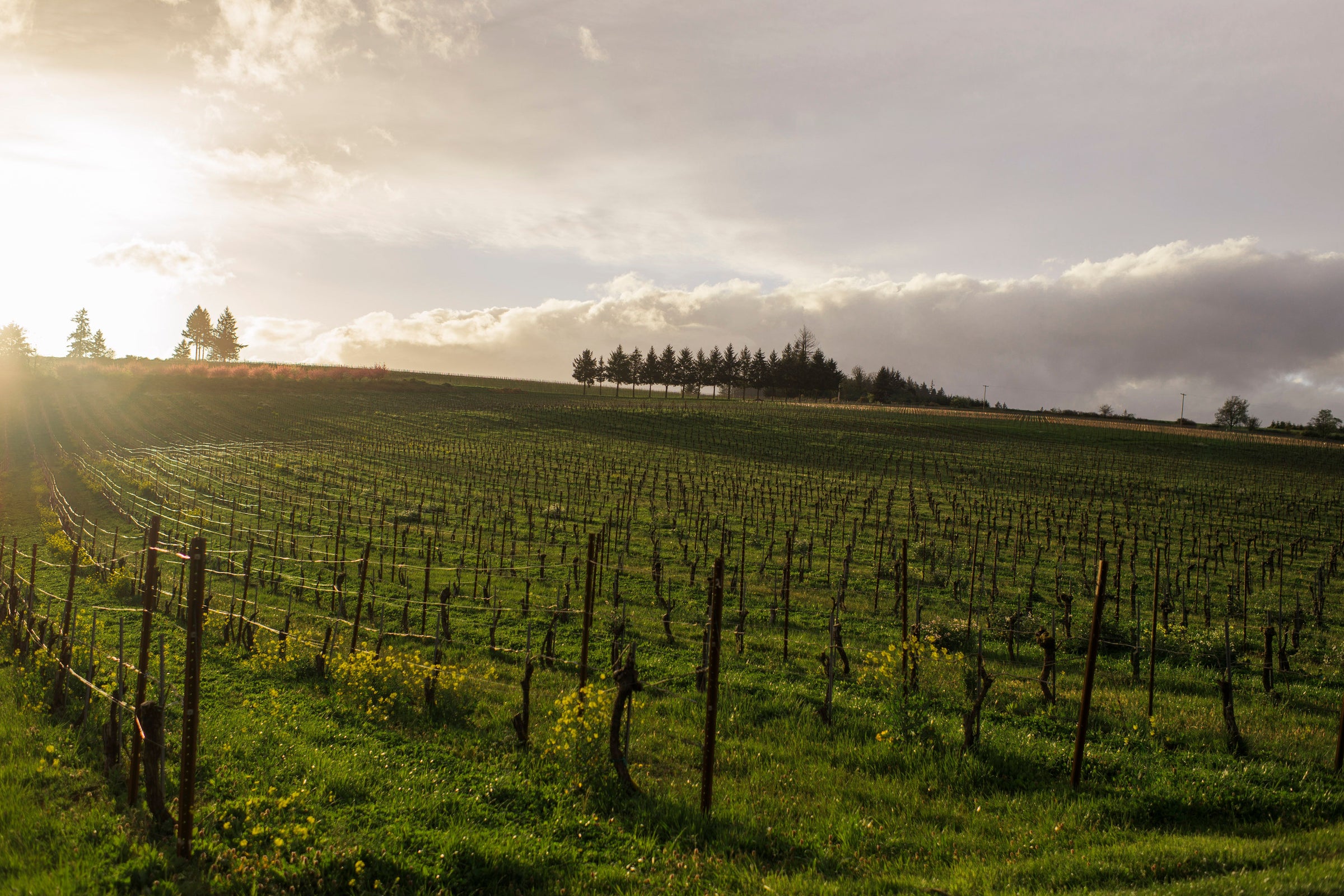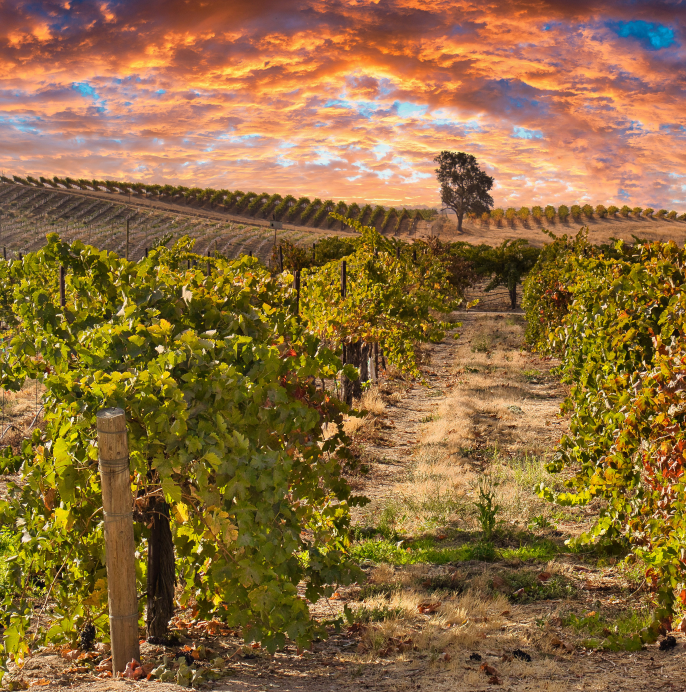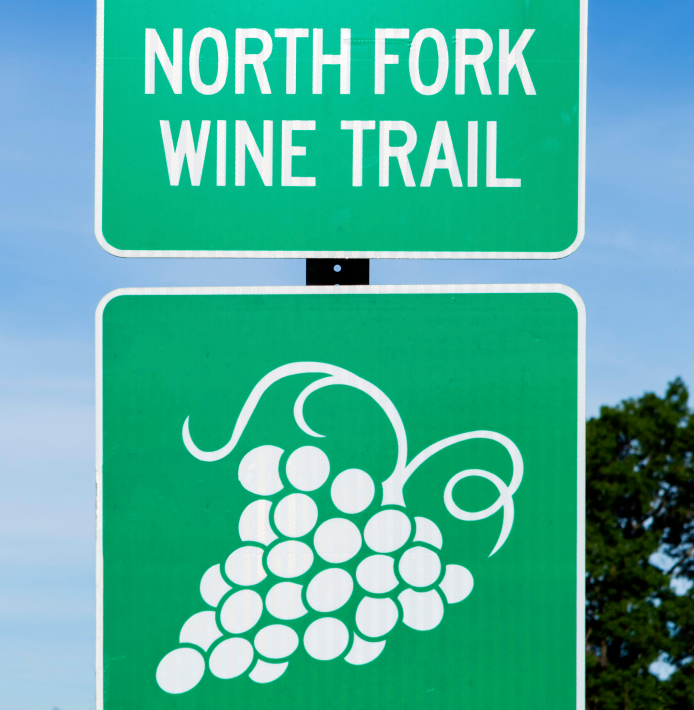When Jon Bonné’s book “The New California Wine” came out in 2013, its cover featured pitchfork-wielding vintner Ted Lemon of Littorai, surrounded by vines. That dusty-booted image captured Bonné’s thesis perfectly—that California’s new-generation winemakers have doubled down on sustainable, hands-on farming and natural, transparent winemaking. Whenever the second edition comes out, I wouldn’t be surprised to see Martha Stoumen on the cover. She’s a “New California” poster child with an iconoclastic lineup of delicious, vineyard-designate wines, and part of me thinks that the only reason we’re able to offer “Mendocino Benchlands” is because the COVID pandemic prevented cool San Francisco restaurants from grabbing it all first.
Scroll through the “Press” section of Stoumen’s website and you’ll see there’s loads of buzz around these wines, which are sourced from a carefully curated collection of organically farmed vineyards—half of which Stoumen leases and farms herself. She extolls the virtues of “proper handwork” in the vineyard and “minimal intervention” in the winery, working with an unconventional palette of grape varieties to produce wines that pulse with lively energy and offer a keen sense of place. Today’s 2019 is bright, primary, and mineral rather than dense, sappy, and lavishly oaked, combining 60% Nero d’Avola and 40% Zinfandel from three heirloom vineyards. It takes its inspiration from the Cerasuolo di Vittoria blends of southeastern Sicily and absolutely nails the style: this is juicy, crunchy, chillable red for enjoying with food, which is what the new California is all about!
What Stoumen shares with her contemporaries on the natural wine scene is a penchant for focusing almost exclusively on viticulture when describing her wines. Back in her college days, she studied agriculture on a working farm and winery in Tuscany, spending most of her time in the vineyards. She later apprenticed all over the world, sneaking in a Master’s at UC Davis along the way, and one of her stops was the COS estate in Sicily, whose wines from the Cerasuolo di Vittoria appellation are standard-bearers. It was here that she developed an affinity for the Nero d’Avola grape, which, like so many other native Italian varieties, found its way to California. Italian immigrants played a huge role in the viticultural development of Mendocino County, focusing their efforts on upland “benchlands” rather than the Anderson Valley floor. Anyone familiar with Mendocino wines, especially those with specific vineyard designations, will see a lot of Italian surnames among them.
The newest vineyard in Stoumen’s collection is the Chiarito Vineyard in Ukiah, whose “second-generation” owner, John Chiarito, presides over old-vine, head-pruned plantings of Nero d’Avola, Negroamaro, Petite Sirah and Zinfandel. As with the other two vineyards that supply the Mendocino Benchlands bottling—Benson Ranch in Ukiah, which also boasts old, head-trained vines, and Fox Hill Vineyard in Talmage—farming is organic and supervised by Martha to ensure the best raw material possible. Soils in these sites are gravelly and sandy loams.
You might be tempted to think this is going to be a big bruiser given the 40% Zinfandel (not to mention the Nero d’Avola), but it is just the opposite. Rarely does one experience California Zinfandel like this: brambly and bright, like a basket of fresh-picked raspberries. Both varieties lean toward the black-fruited end of the spectrum (black cherry, plum), but the wine, which is aged briefly in neutral oak, is tangy rather than inky. In the spirit of Sicilian Cerasuolo di Vittoria, Zinfandel is the yin to Nero d’Avola’s yang, taking the place of the ultra-light Sicilian variety Frappato in the blend. It’s not a role many would think Zinfandel could play, but Stoumen, thanks not just to a cooler climate but to a tendency to pick a little earlier to preserve freshness, pulled it off masterfully. Chill this down to around 55 degrees, pull the cork, and off you go: It’s a perfect wine for all types of outdoor gatherings where grilled meats and vegetables are involved—even better if someone’s got an outdoor pizza oven. Rather than just gobs of fruit there’s lots of black pepper, herb, and tea-leaf notes to complete the picture. Martha’s Italian mentors would no doubt be proud, and of course we went with something Italian for the food pairing. This is New School-meets-Old School and it works like a charm. Enjoy!
